In the past two years, with the continuous increase of environmental protection, traditional extensive sand and stone enterprises have been shut down and rectified, and faced with transformation and upgrading, natural sand and stone production capacity has also been sharply reduced. As an important building material and concrete raw material, sand and stone are widely used in the construction of houses and road engineering floors, and the market demand is huge. The machine-made sand, which is made by grinding stone after crushing, is gradually becoming a substitute for natural sand and stone, and the application of machine-made sand has become a universal trend in the world. Then compared with various natural sand and stone materials such as river sand and sea sand, where are the advantages of machine-made sand?
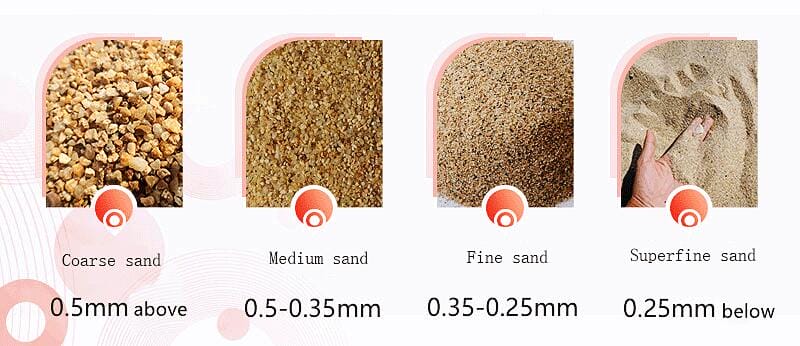
1 Appearance
Machine sand is the sand and stone material obtained after crushing by the applicable professional sand making equipment such as crusher. Compared with the natural river sand, it has the characteristics of sharp edges and needles.
Distinguish machine sand from river sand by appearance:
The river sand is dug directly from the river, so it will be mixed with small pebbles and fine sand, and these small pebbles have been washed by the river for a long time, and the corners are more rounded.
The machine-made sand corners produced by sand and stone equipment are more sharp and distinct.
2 Robustness and durability
The sturdiness of machine-made sand is slightly worse than that of river sand, but it still reaches the excellent quality index of GB/T141684293 standard, and there is no problem in the use of ordinary concrete. However, in the use of concrete members often subjected to friction impact, in addition to the admixture must be added, the ratio of lime to sand, the crushing index of sand and the content of stone powder should be controlled.
3 Stone powder content
Large powder content is an important feature of machine-made sand that is different from natural river sand. In the distinction, we should distinguish the powder content of machine-made sand and the mud content of natural sand.
The clay content of natural sand refers to the particle size less than 0.075mm, composed of viscous clay, plastic index is large, and does not have a connection with the cement hydrated crystalline stone, so the clay content of natural sand directly affects the composition of concrete strength.
The powder content of the machine sand is less than 0.075mm of ground rock powder, it can not react with the cement hydration, but it can have an excellent connection with the cement crystal, and the filling effect of micro-aggregate in the internal layout.
In fact, if the powder content of machine-made sand does not exceed 20%, it has no adverse effect on the condensation time and strength development of concrete, and has a good performance in the workability, pumpability, strength and other aspects of adding concrete mix.
4 Adhesion and compression resistance
The granularity of machine-made sand is irregular, and when using structural bonding such as cement, it often has better adhesion, greater pressure resistance, and longer service life.
5 Composition Structure
Artificial sand is generally a man-made selection of raw materials, the material is uniform and stable, the mineral composition and chemical composition are consistent with the raw material, and there is no natural sand as complex.
6 Fineness modulus
General natural sand, a fineness modulus, can have a variety of gradations, the fineness modulus of mechanical sand can be artificially controlled through the production process, according to user requirements to organize production, which is not possible for natural sand.
To sum up, machine-made sand not only has a wide range of sources, stable material, easy operation and control, good performance, can meet the needs of construction, and is economically feasible, is the development direction of the future construction market, and is also very beneficial to the protection of the natural environment. With the layout and construction of machine-made sand business by various enterprises and the further adjustment and optimization of industrial structure, reducing or even completely saying goodbye to the use of natural sand and stone in the future has become the basic consensus of upstream and downstream enterprises. Now the market demand is still relatively large gap, whether it is for environmental protection, or from the perspective of engineering quality, large-scale construction and layout of mechanical sand, it is an inevitable trend.

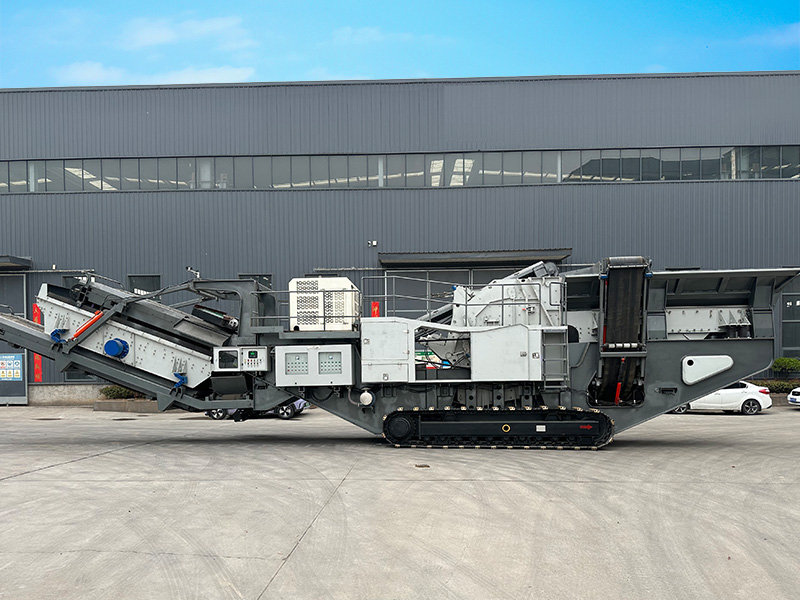
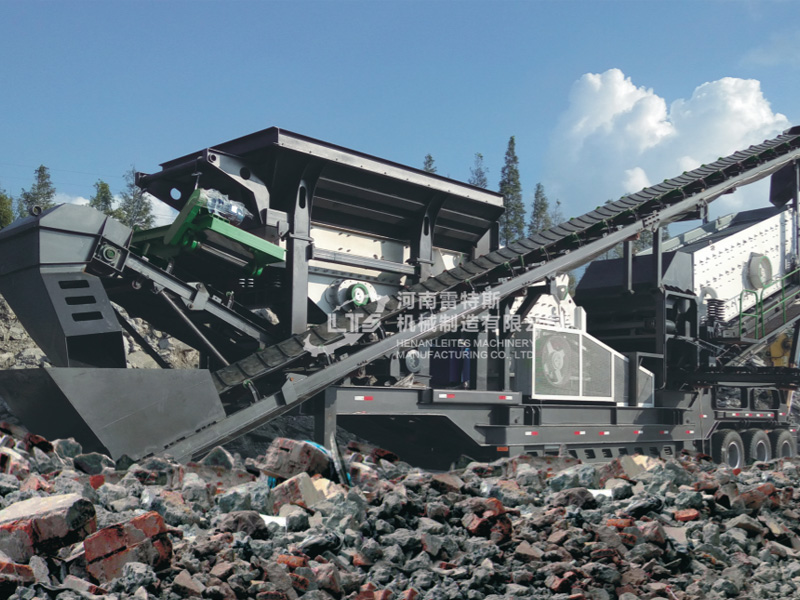
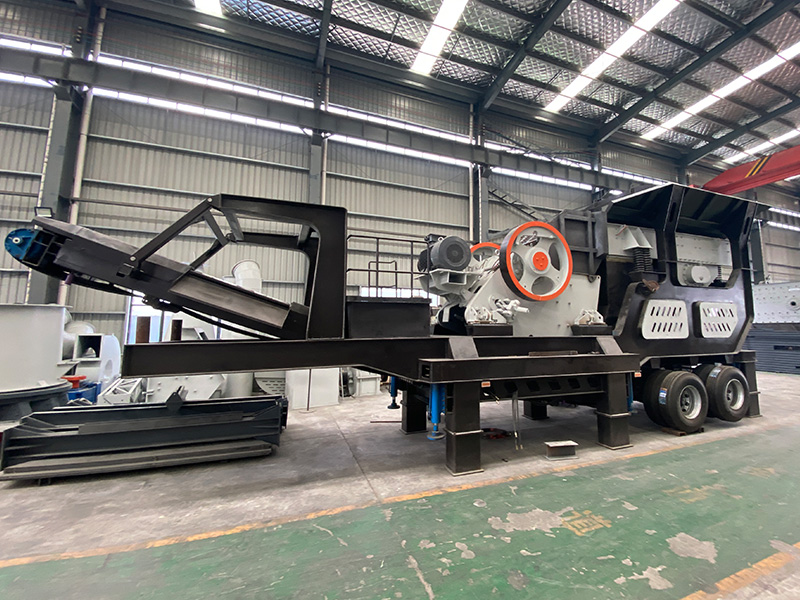


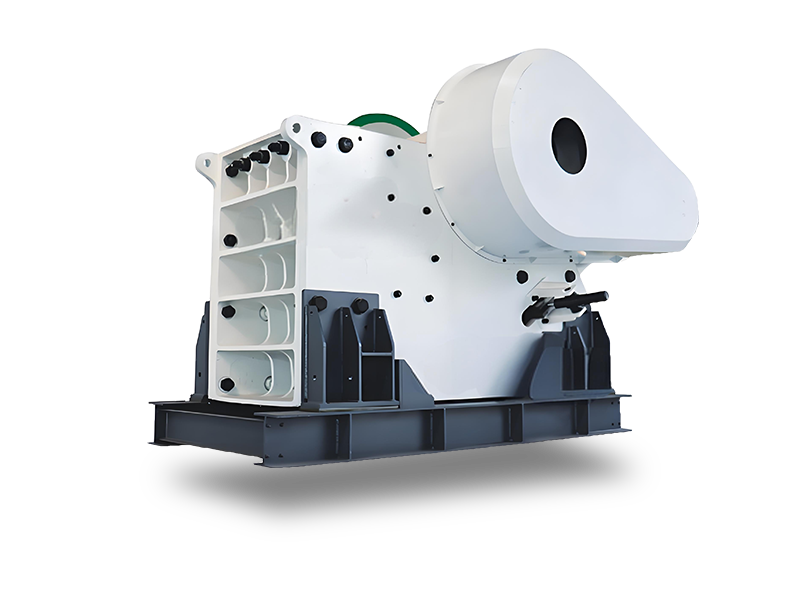
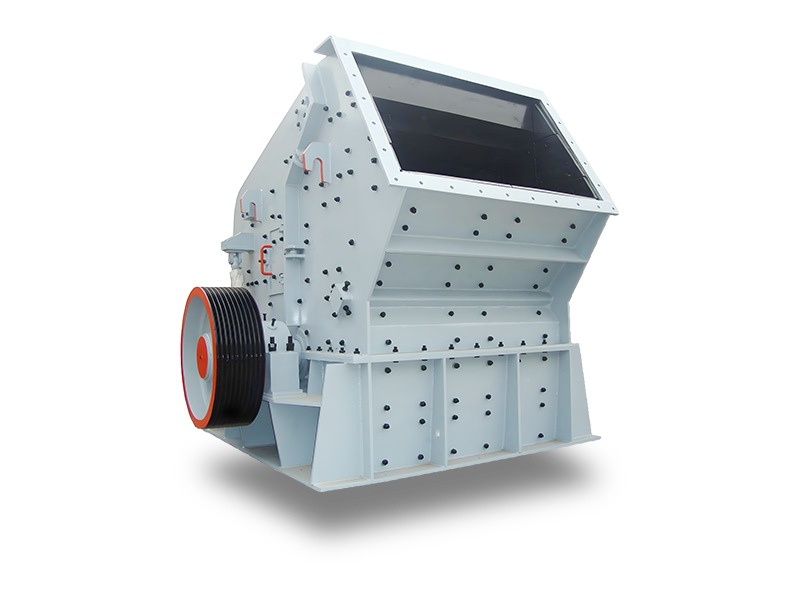
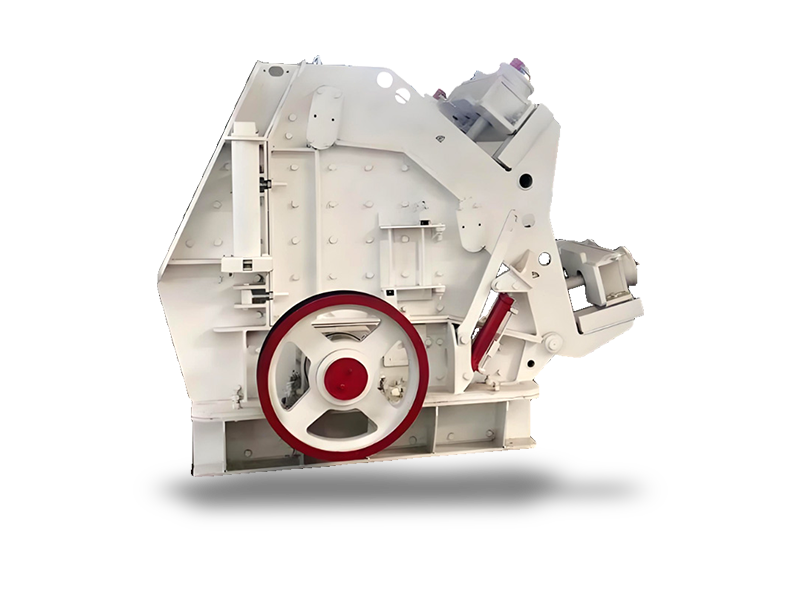
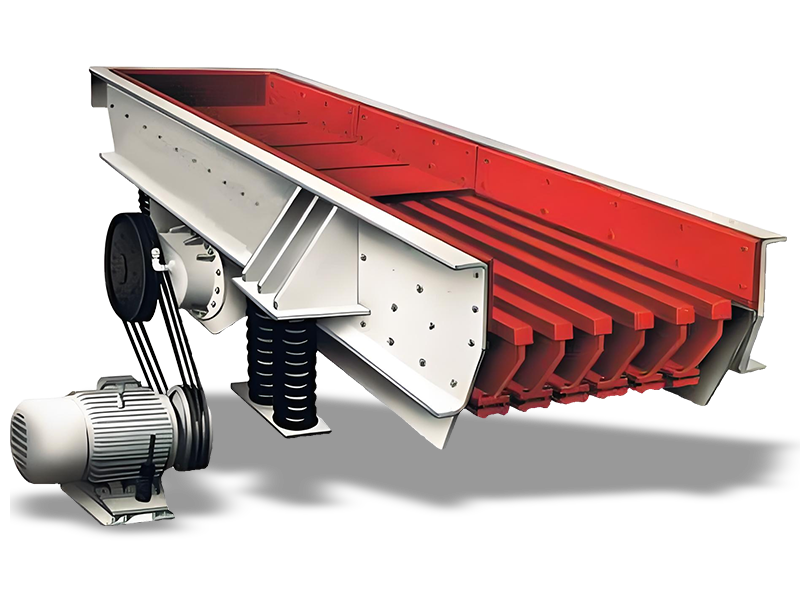
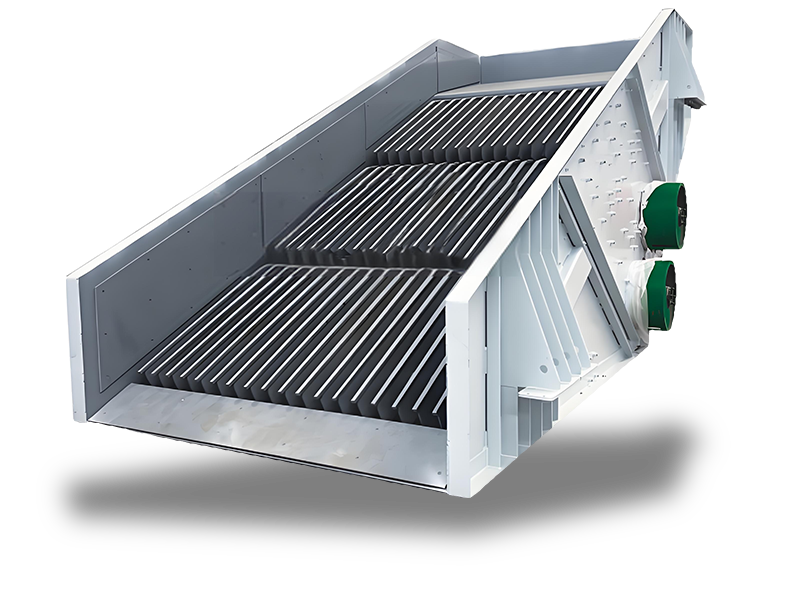
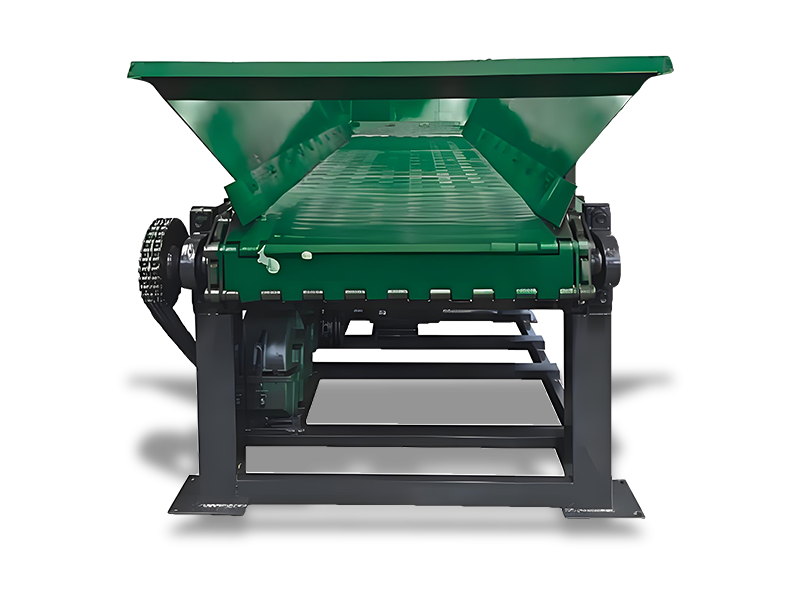
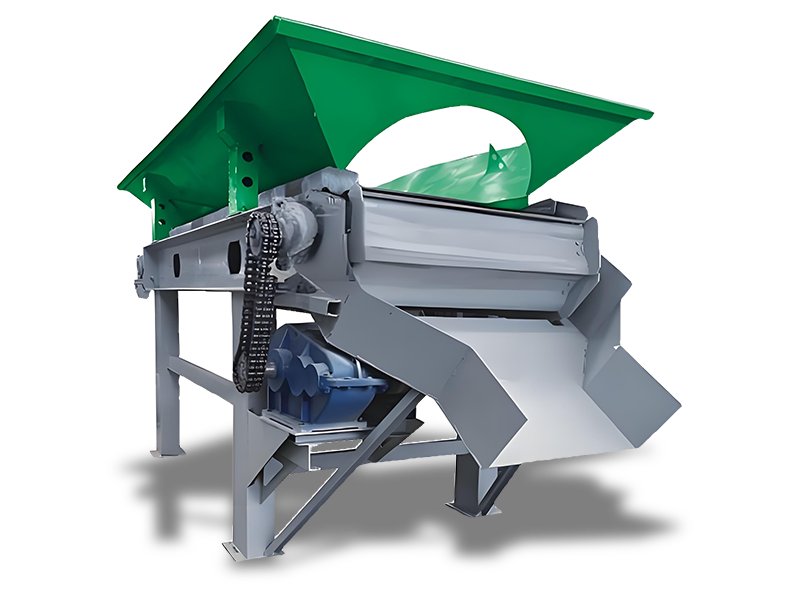
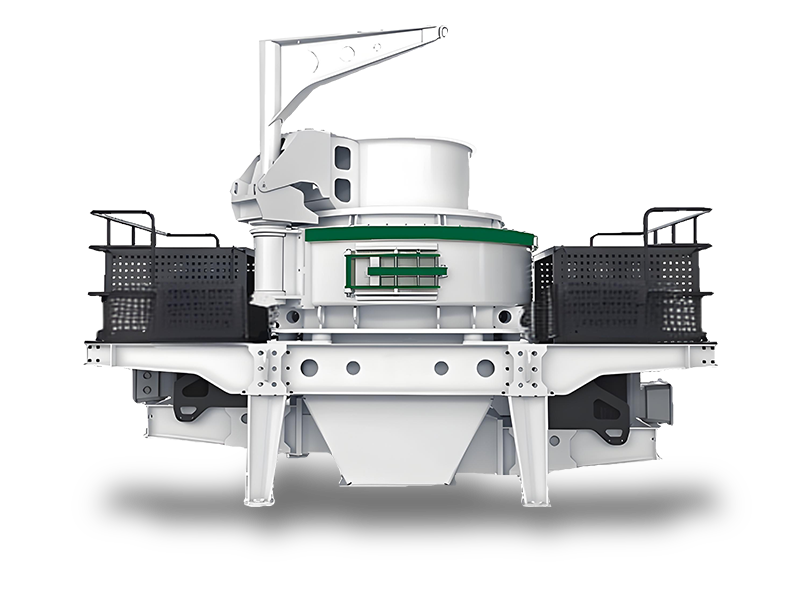
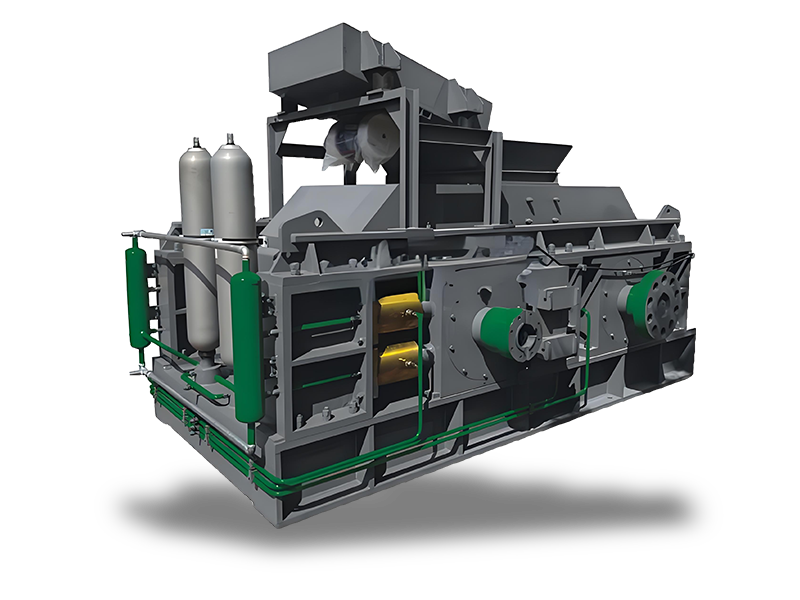
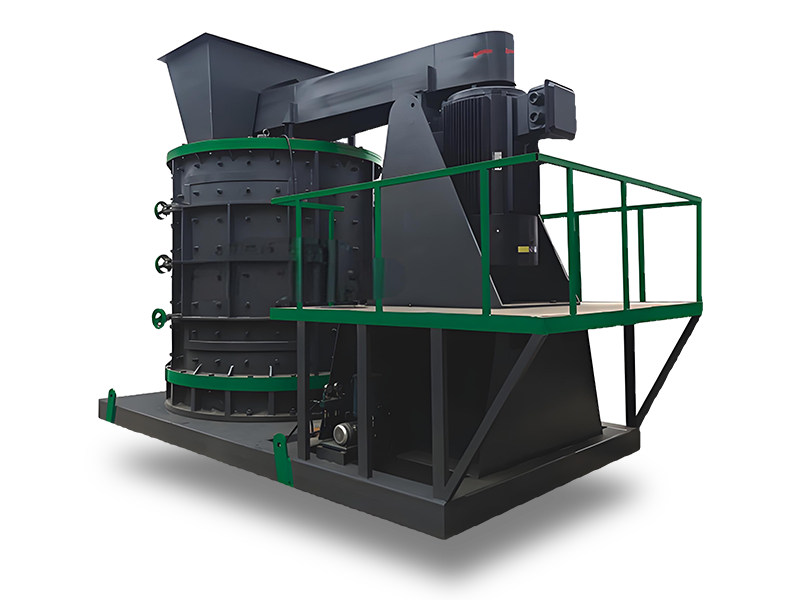


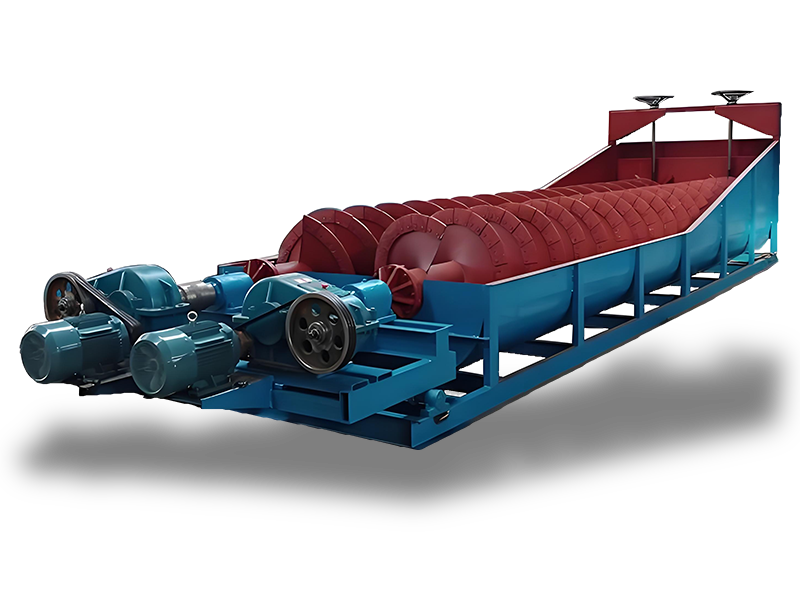

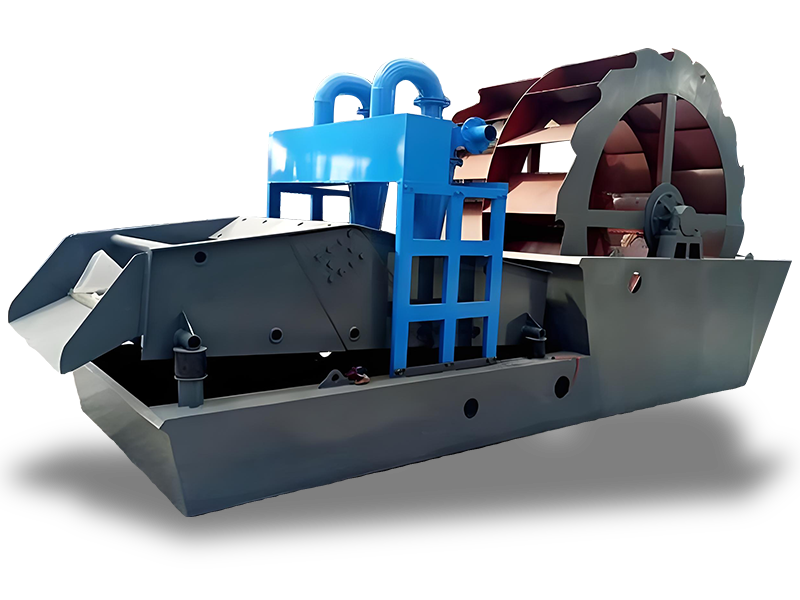
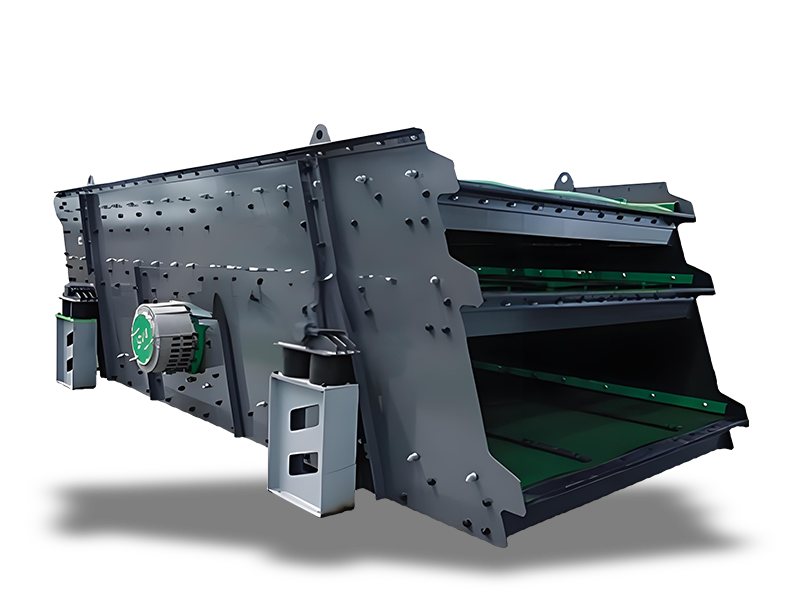
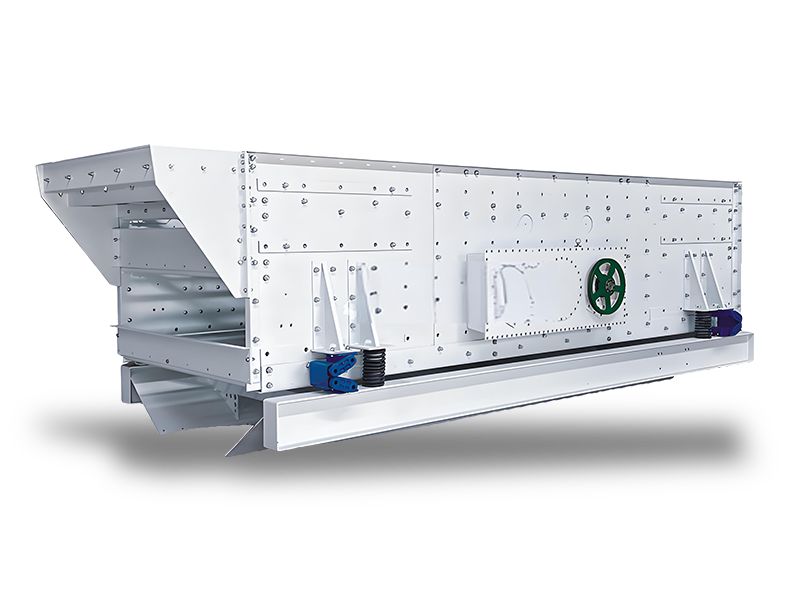
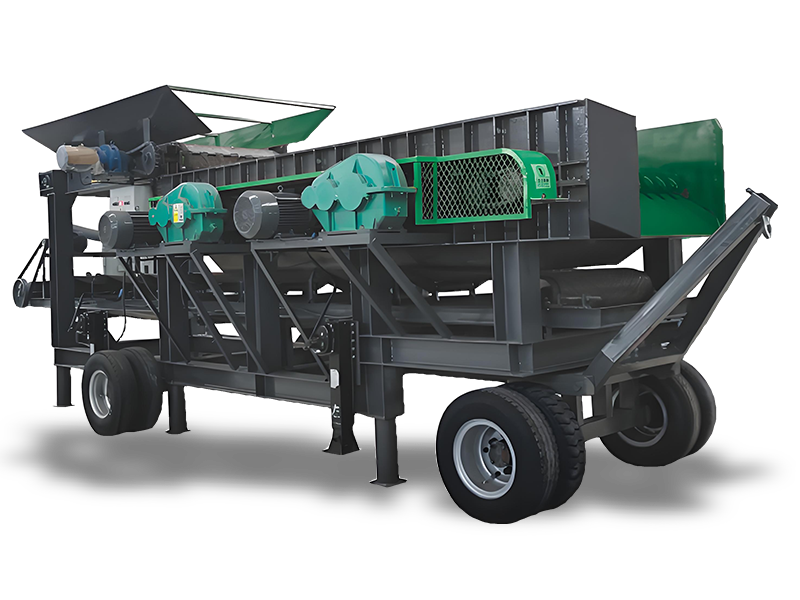
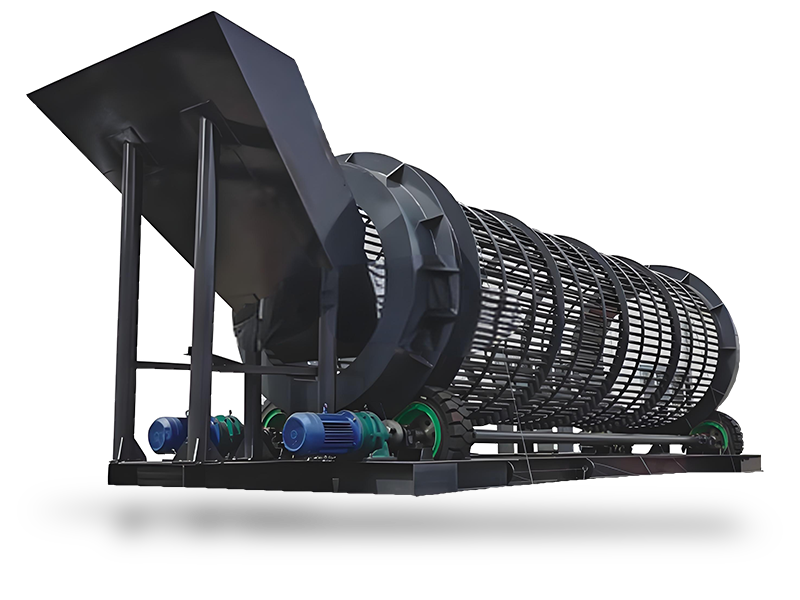
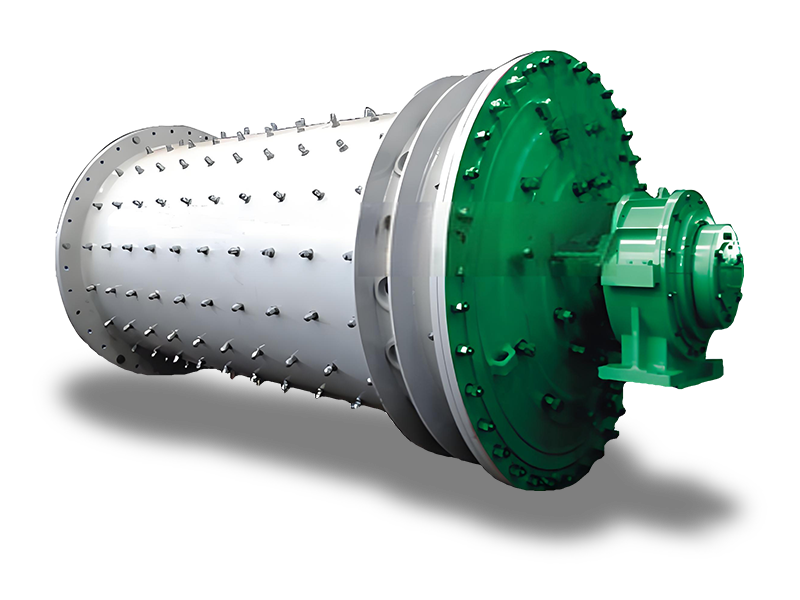
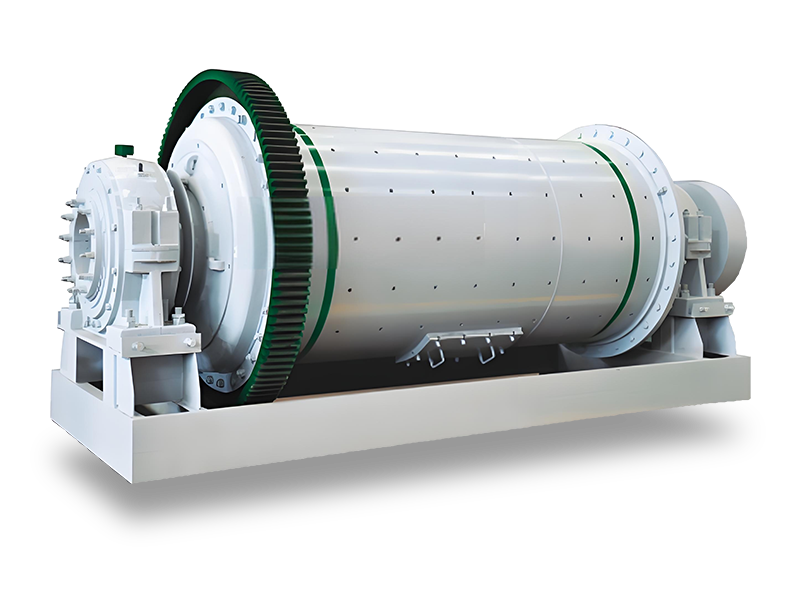
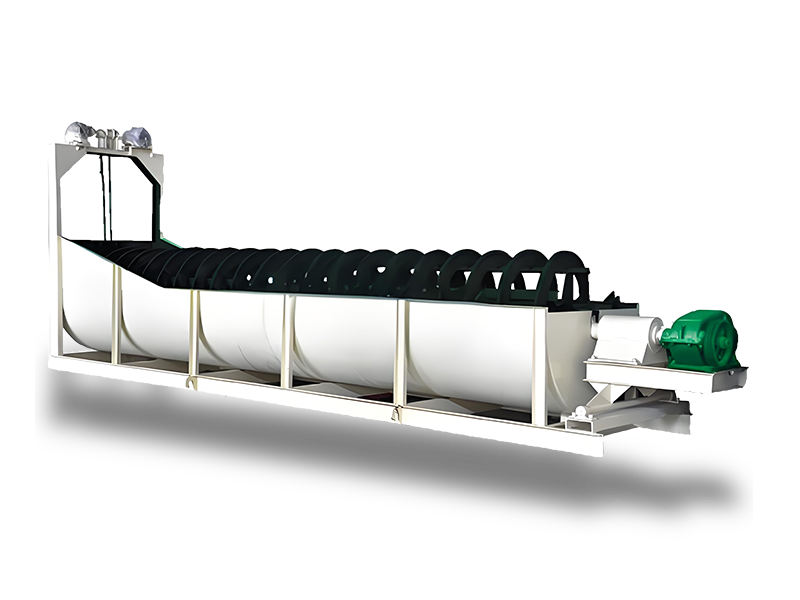
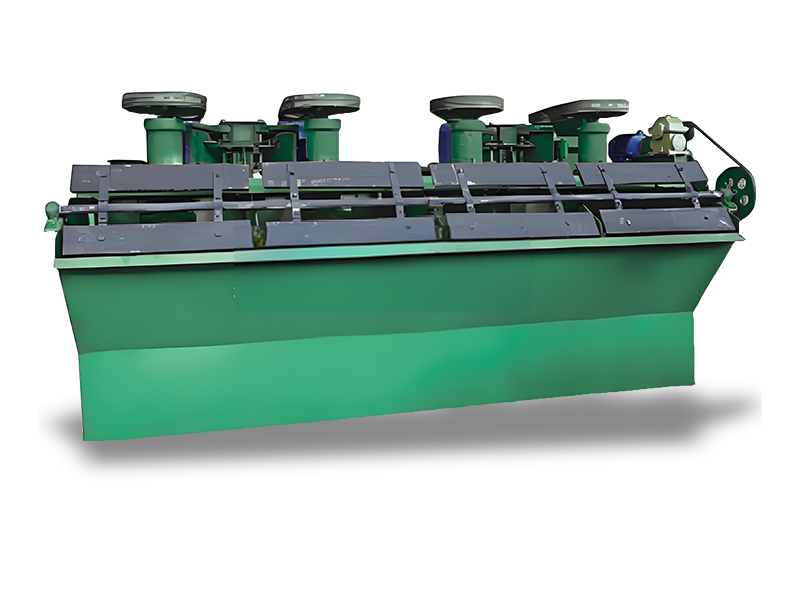
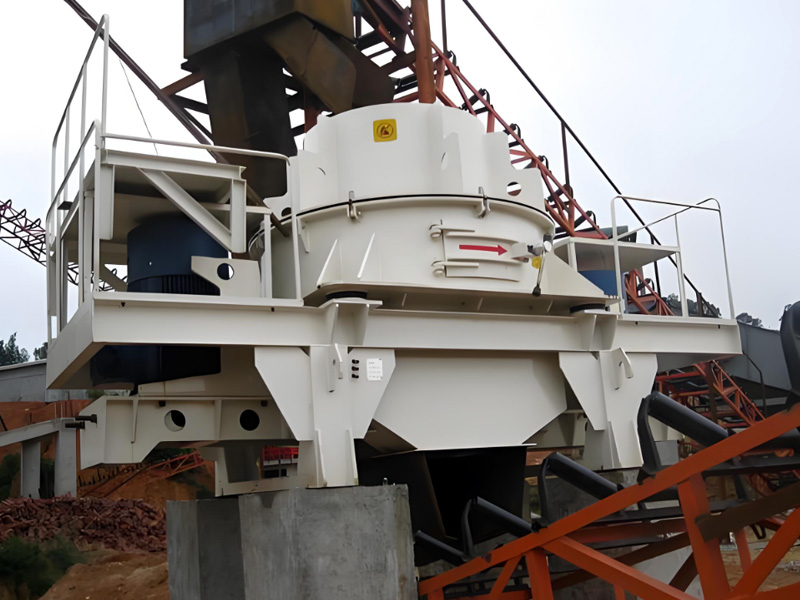


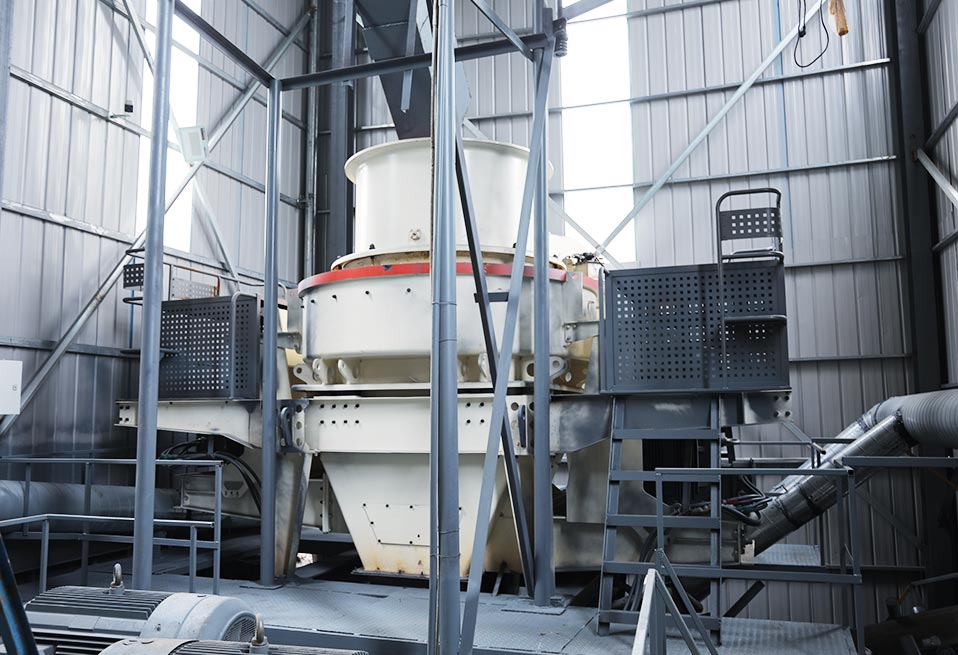



 +8615713843888
+8615713843888
 +8615713843888
+8615713843888